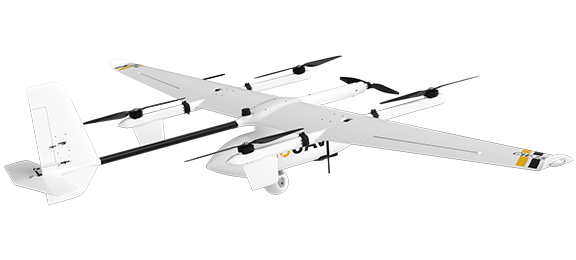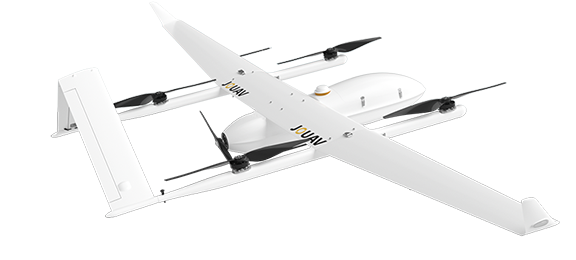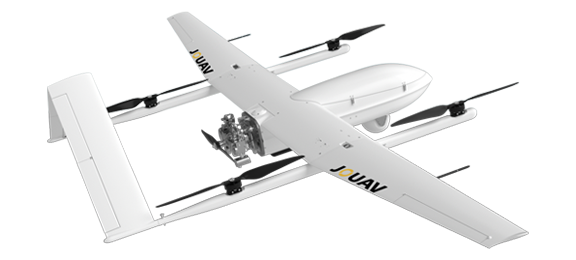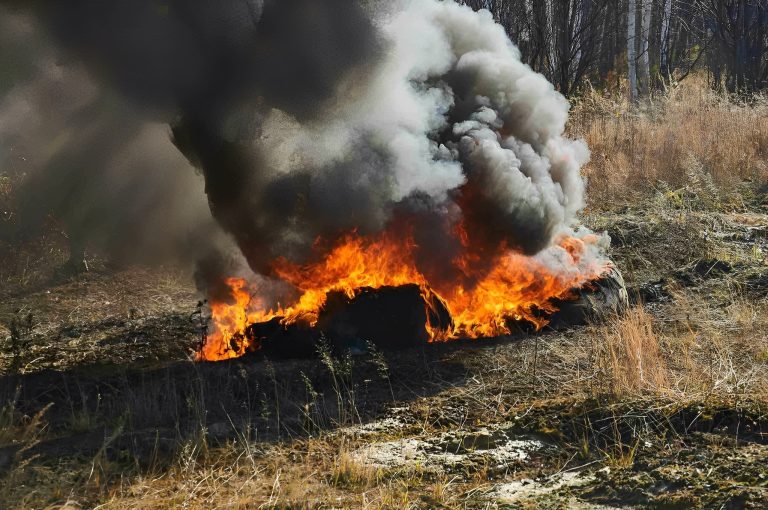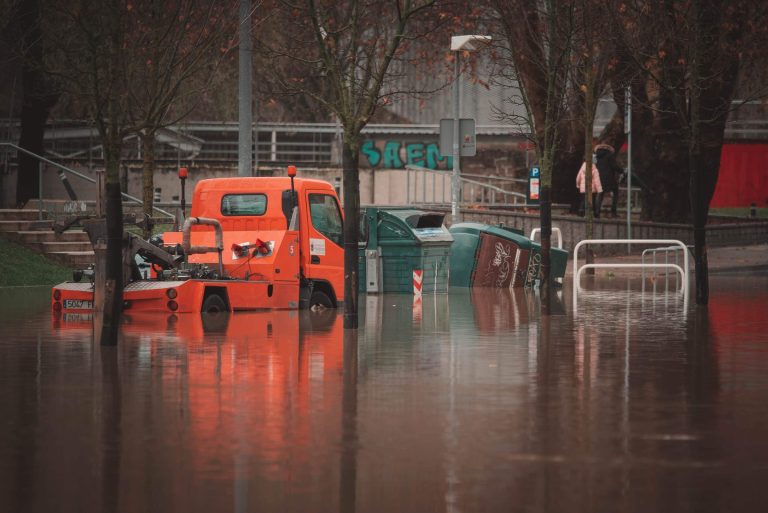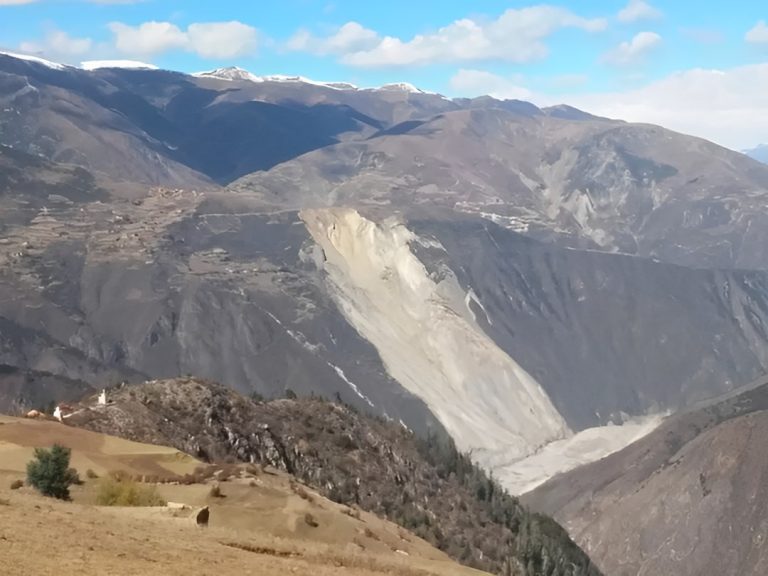Emergency Response
First responder drones play a crucial role in rapidly assessing disaster scenes, locating missing persons, monitoring hazardous environments, and providing real-time situational awareness to emergency personnel.
Drones have revolutionized the way we respond to disasters.
In the past, responders had to rely on traditional methods of transportation and search and rescue missions. These methods were often time-consuming and costly, not to mention dangerous for the responders.
Drones, however, provide a much faster and more efficient way of responding to disasters. They can be used to quickly assess the situation, locate victims, and even deliver supplies and aid.
This article will explore the potential of drones in disaster response and the benefits they offer over traditional methods of relief and the potential solutions that are being explored.
Benefits of drones in emergency services
Emergency services across the country could benefit from using drone technology in a variety of ways:
- Rapid deployment: Unlike helicopters, UAVs do not require runways or landing fields that can be launched quickly and easily from almost anywhere.
- Access to remote areas: Emergency response drones can access remote and difficult-to-reach areas, enabling first responders to reach people and places that would be inaccessible by other means.
- Improved situational awareness: With a bird’s eye view of the situation, drones provide first responders with a better understanding of the environment and help them make decisions faster.
- Faster response time: Drones can quickly cover large geographic areas and provide real-time data to first responders, enabling them to make informed decisions and respond more effectively.
- Increased safety: Drones minimize the risk to emergency responders by allowing remote operation from almost anywhere. In search and rescue, thermal sensor-equipped drones efficiently detect people in hard-to-reach areas like rubble and tunnels.
- Cost savings: Drones help disaster response by quickly assessing damage, enabling accurate damage assessment, reducing costs, and speeding recovery. In addition, they reduce transportation costs by delivering medical supplies to remote areas.
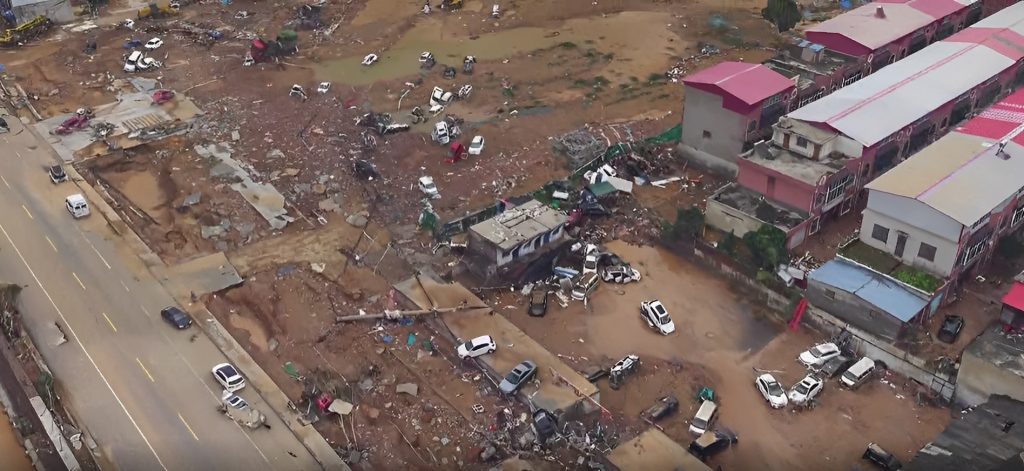
How drones are used in emergency management?
First responder drones are now being used in a variety of ways to help people in emergencies. From providing critical information to delivering vital supplies, drones are proving to be an essential tool in emergency situations.
Monitoring hazardous areas
Emergency drones can actually help prevent accidents and injuries. They are often used to monitor hazardous areas, such as construction sites or industrial sites, to detect potential safety risks and alert workers to take action. Drones can also be used to monitor and inspect infrastructure, such as bridges or pipelines, to detect any potential issues before they become a safety hazard.
Providing real-time situational awareness
Drones can provide critical information in emergency situations. With applications to quickly survey a disaster site, drones can provide valuable insight into the local situation. Such information can help first responders make decisions about the best way to respond to the situation. Beyond that, drones are useful for identifying areas of concern, such as collapsed buildings, hazardous materials, or blocked roads. This data can then be used to help direct resources to the most severely affected areas.
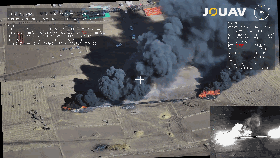
Search and rescue
Search and rescue operations are often dangerous and can involve access to hazardous environments that are difficult for humans to access. And rescue drone technology allows search teams to quickly and efficiently cover large areas and locate missing persons.
Equipped with a variety of sensors, such as thermal imaging cameras, rescue drones enable search teams to quickly detect heat signatures, as well as high-resolution cameras and audio pickups, which can provide valuable information about terrain and environmental conditions.
Delivering medical supplies
Emergency response drones can also be used to deliver vital supplies in emergency situations. Drones can quickly and safely transport medical supplies, food, and other essentials to areas that would otherwise be difficult to reach. This can be especially helpful in areas that are affected by natural disasters, such as floods or earthquakes. Drones can also be used to deliver medical equipment, such as defibrillators, to areas that may not have easy access to medical services.
Insurance assessment
Drones can survey damaged buildings, roads, bridges, and other structures, providing a comprehensive overview of the affected area. Images taken by drones can be used to calculate the cost of repairing or replacing damaged property so that insurance companies can quickly assess claims and provide compensation to policyholders.
Post-disaster reconstruction and recovery
Drones enable the possibility of quickly surveying and collecting data after a natural disaster. The 3D models and orthophoto maps collected by drones can be used to identify areas that have been damaged, assess the extent of the damage, and plan the reconstruction process. They can also be used to inspect critical infrastructure, such as bridges and power lines, to assess the extent of the damage and determine if they are safe for use.
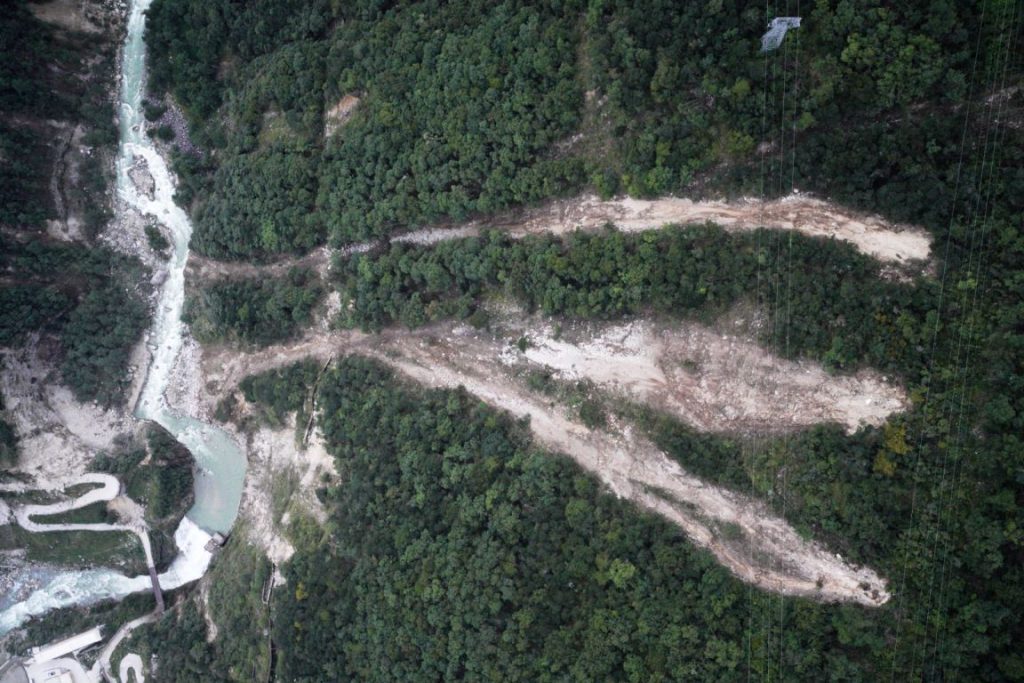
What types of drones are used for emergency services?
Drones for emergency response services come in all shapes and sizes and can be used for a variety of purposes. Here are some of the most common types of drones:
Multi-rotor drones are the most popular choice in emergency services. They are easy to maneuver and have the ability to hover in place, making them ideal for capturing images or video from a variety of angles. However, they are not the most effective option for long-range surveillance because their battery life is limited by the amount of time they can stay in the air.
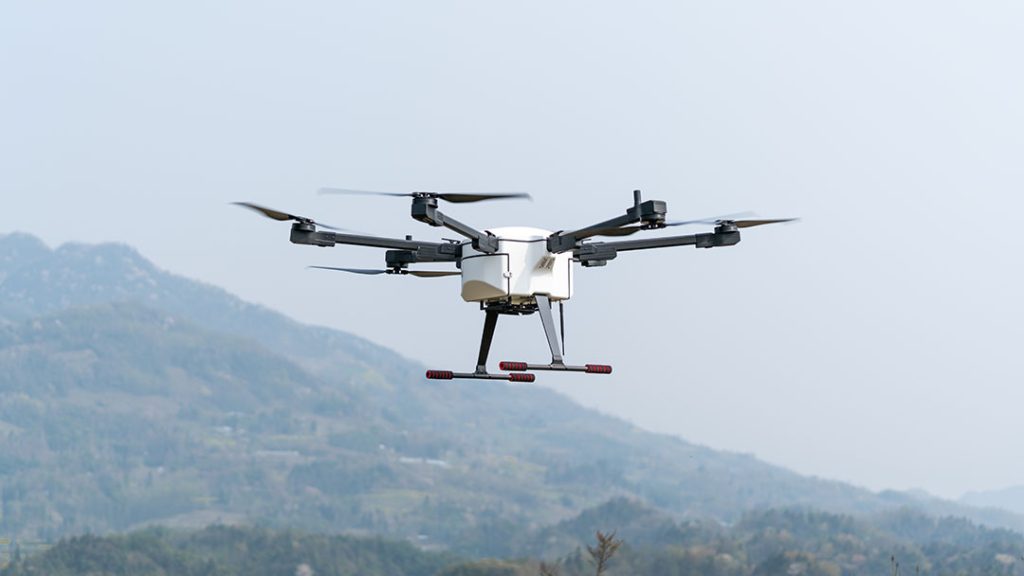
Fixed-wing drones are better suited for long-range surveillance because they can cover more ground in a shorter period of time. They are also more aerodynamic, which increases their range and efficiency. However, they are not as maneuverable as multi-rotor drones and require a runway or launch pad to take off.
VTOL (vertical takeoff and landing) drones are a relatively new technology with the benefits of both multi-rotor and fixed-wing UAVs. They have the ability to take off and land vertically like multi-rotor drones, while also flying long distances like fixed-wing drones. This makes them ideal for disaster response and relief operations and for monitoring hazardous situations, as they can cover large distances quickly and also hover in place for detailed observation.
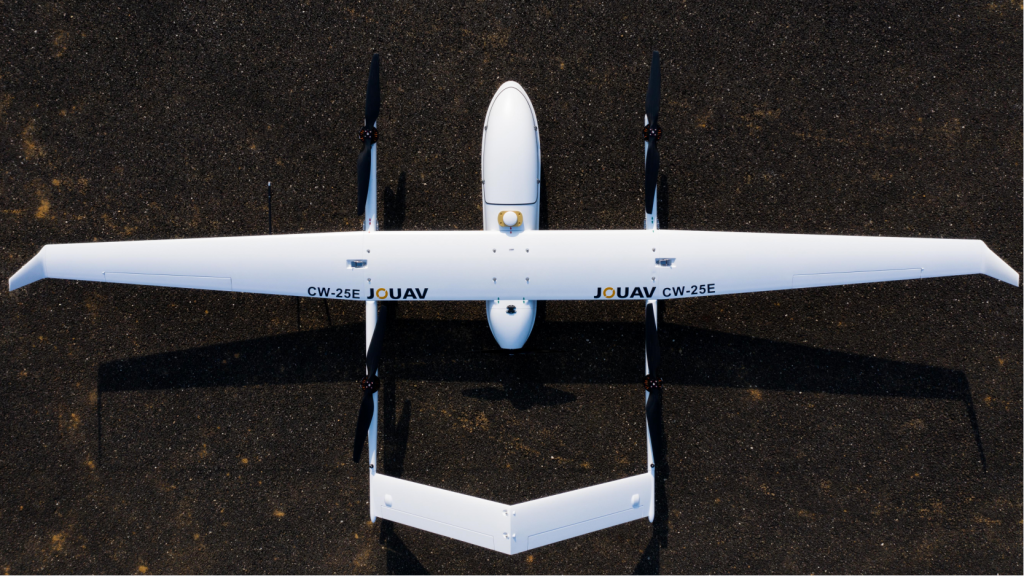
Critical drone features for emergency management
Not all first responder drones are created equal, and it’s important to understand the critical features that are necessary for effective emergency management.
Durability and reliability: Emergency situations are often unpredictable and can be extremely harsh environments. Drones used in emergency management must be built to withstand harsh conditions such as high winds, rain, and extreme temperatures. Additionally, they should be reliable and able to operate consistently, even under adverse conditions.
High-auality camera: A high-quality camera is essential for drones used in emergency management. The camera should be capable of capturing high-resolution images and videos that can be used to assess the damage and make informed decisions. A thermal imaging camera is also a useful tool that can help detect heat signatures and locate people in disaster zones.
Long flight time: Drones for first responders must have a long flight time. This is critical for ensuring that the drone can remain in the air for extended periods, allowing emergency responders to gather as much information as possible.
- Refer to this article to find out the drone with the longest flight time
GPS navigation: GPS navigation is essential for drones used in emergency management. The drone should be able to fly to specific locations and accurately map the area, even in GPS-denied environments.
Obstacle avoidance: Emergency management drones must have obstacle avoidance capabilities to ensure a safe flight. This feature allows the drone to detect and avoid obstacles such as trees, buildings, and power lines, reducing the risk of crashes and damage to the drone.
Live video streaming: Live video streaming is a critical feature for drones used in emergency management. This allows emergency responders to view live footage from the drone in real time, giving them a better understanding of the situation on the ground.
Easy to use: Drone use by first responders must be easy to use, even for those with limited flying experience. The drone should have a simple and intuitive interface that allows for quick and easy operation.
Which drone is best for emergency services?
With a wide range of drones available on the market, it can be challenging to choose the best one for your emergency services needs. JOUAV CW series VTOL drones stand out among many emergency drones due to their advanced features and functions.
Vertical take-off and landing (VTOL)
One of the standout features of JOUAV is its VTOL (vertical takeoff and landing) capabilities. This allows the UAV to take off and land in a confined space, providing greater flexibility and versatility during emergency response missions. Whether it's an urban disaster or a rural rescue operation, JOUAV's VTOL capabilities ensure that the drone can reach even the most difficult-to-access areas.
Up to 480 min of flight time and 200km of range
In addition to its VTOL capabilities, the CW Series UAVs also offer a large coverage area and long range. With a flight time of up to 480 min and a range of over 200 km, JOUAV drones can survey vast areas in a single mission, providing emergency response teams with a comprehensive view of the situation on the ground. This helps teams make more informed decisions and respond more effectively to emergencies.
- Check this blog post for a detailed review of the best long-range drones
Interchangeable HD camera
JOUAV emergency drones can be equipped with payloads of different weights, ranging from 0.8-25 kg, allowing them to adapt to different situations and meet the needs of different rescue and response teams. Whether you want to use thermal sensors to detect heat signatures from a distance, multi-spectral and hyperspectral cameras to capture high-resolution images for damage assessment or powerful speakers to alert ground personnel and civilians, the JOUAV drone can quickly and easily swap out these payloads to meet your the specific needs.
AI tracking and live streaming
Equipped with an EO/IR gimbal camera, JOUAV drones can identify and track objects in the camera's field of view, such as people, vehicles, or wildlife. This information can then be transmitted in real-time to a central command center or to authorized personnel, who can monitor the live feed and take appropriate action if necessary.
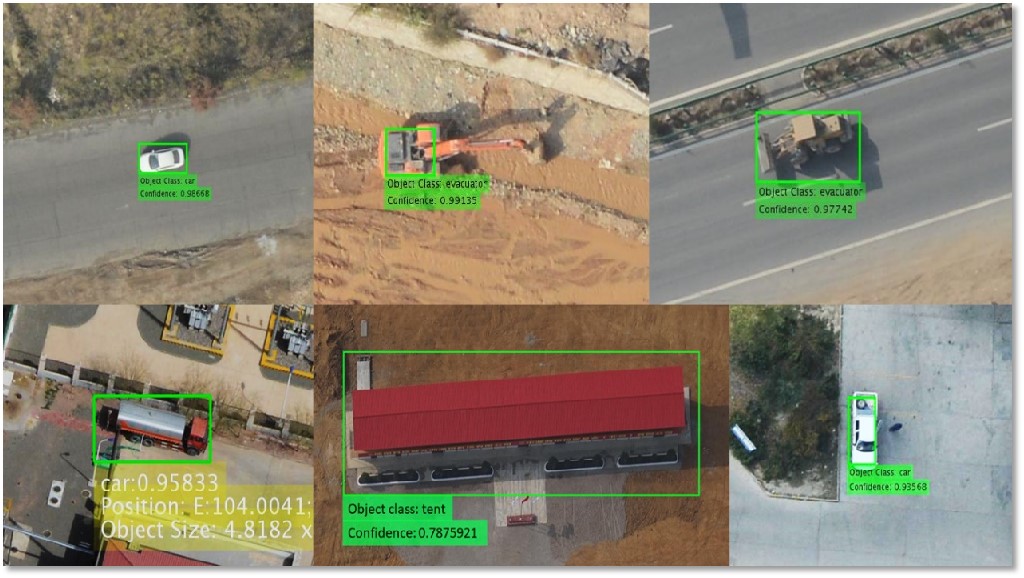
Fast deployment and autonomous flight
JOUAV autonomous drones come with a GPS-based autopilot system that can fly the drone autonomously. This not only increases efficiency but also reduces the risk to response teams who often work in hazardous environments. Their flight control software is very simple to operate which makes it accessible to those with limited technical knowledge. With just a few taps on the control application, the self-driving drone can be deployed quickly, providing critical information in minutes.
Active safety flight technology
JOUAV drone is equipped with several safety features that ensure a safe and secure flight. It features obstacle avoidance sensors that detect and avoid any obstacles in the drone's path, ensuring a safe flight. Moreover, the JOUAV drone also has a return-to-home function that automatically brings the drone back to its starting point in case of a low battery or signal loss.
Excellent environmental adaptability
The JOUAV emergency drones are designed to be highly adaptable to the environment it is in. It has a rugged design that enables it to handle harsh weather and temperatures of -20°C to 50°C. In addition, it is waterproof and dustproof for use in challenging conditions, such as rain, wind, and dust.
Best emergency management software
In addition to UAV platforms, JOUAV also provides the best emergency management software, JoCloud. As a cloud-based platform, the JoCloud typically integrates multiple data sources, including UAV sensors, ground-based systems, and remote sensing technologies, to provide real-time information about the emergency situation. This information is then analyzed and processed to create actionable insights that can be used to inform response efforts.
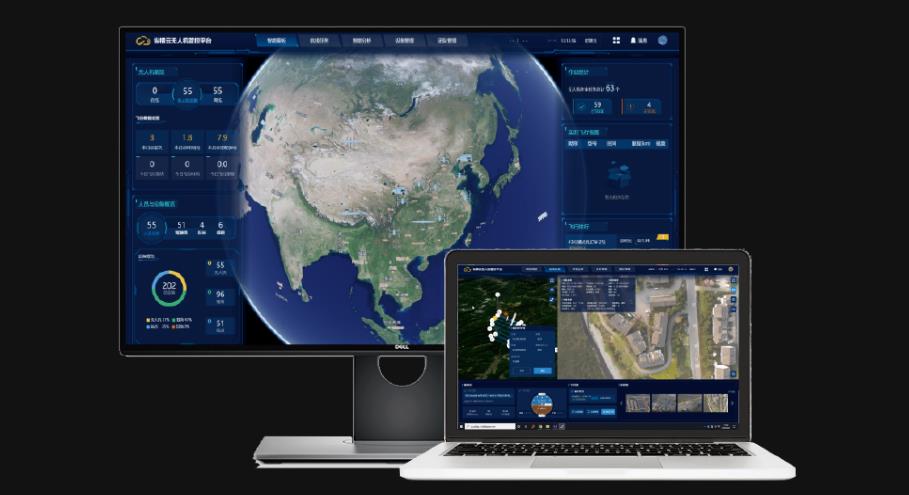
With the JoCloud, data can be stored and processed at scale, allowing for real-time analysis and decision-making. Meanwhile, multiple stakeholders, including emergency responders, government agencies, and NGOs, can access the same data and work together to respond to the emergency effectively.
Explore some real-world cases where JOUAV drones have been used to save lives and support emergency responders in challenging situations. From earthquake response to firefighting operations, these cases demonstrate the potential of drone technology to make a real difference in times of crisis.
FAQ
How much do drones cost in emergency response?
Small drones commonly used for mapping and disaster response can cost anywhere between 1,000 to 10,000 USD. However, the cost of emergency drones varies depending on their specifications and capabilities. For instance, thermal drones that are specifically designed for emergency response situations can cost more than $10,000 USD.
What's the future of drones in emergency services?
The future of emergency response is changing with emerging technologies such as drones, robotics, and sensory machinery. Drones are being developed for use in firefighting, delivering medical supplies, and providing situational awareness in natural disasters.
In addition, drones can create 3D models of disaster areas so experts can study patterns in the landscape and save lives in the future. However, there are still some challenges to overcome, such as accuracy and battery life, but with the development of digitalized air-traffic control, drones can be used effectively to save lives in emergency situations.
What are the disadvantages of drones in emergency response?
Drones have received mixed criticism due to their invasion of privacy and armed deployment in war. Technical difficulties and the need for trained operators are also a challenge in drone use.
How drones are used to save lives?
Drones are used to save lives by providing situational awareness during disasters, allowing humanitarian workers to quickly identify areas that need immediate attention. They are also used in search and rescue operations to find missing people, map disaster areas, assess structural damage, deliver emergency infrastructure and supplies, and extinguish wildfires.
How do search and rescue(SAR) drones work?
Search and rescue drones work by flying over large areas, taking images and videos, and transmitting the data to a ground station where it can be analyzed by emergency service providers. Drones fitted with high-resolution still cameras or thermal/IR cameras can provide valuable information, especially in the case of night-time searches.
How are drones used in search and rescue?
Drones are used in search and rescue operations to provide situational awareness, map large areas, and identify possible places where a missing person may be trapped. They are also fitted with high-resolution still cameras or thermal/IR cameras to provide valuable information, especially in night-time searches.
What is a drone as a first responder?
A first responder drone refers to an unmanned aerial vehicle (UAV) or drone that is deployed in emergency situations to provide support and assistance to first responders, such as police, firefighters, paramedics, and other emergency personnel.
These drones are equipped with various sensors, cameras, and communication tools that enable them to gather information, assess situations, and potentially even deliver aid or perform tasks that would otherwise be dangerous or time-consuming for humans.
How widespread will first responder drones be?
The market for first responder drones was estimated to be a growing industry with a global market size ranging from several hundred million to over a billion US dollars annually. This market was expected to expand steadily, driven by increasing recognition of the valuable roles drones play in emergency response scenarios, such as search and rescue operations, disaster response, law enforcement, and firefighting.
Regional adoption rates varied, with more developed countries and regions leading in deployment due to better infrastructure and resources. The regulatory landscape was evolving to support the safe integration of drones into emergency services, and key players in the industry were actively developing specialized drone solutions for first responders.
